Garden Scissors
Useful for light trimming and harvesting vegetables, herbs, or flowers. Choose a pair that is durable enough to withstand some abuse. We recommend metal over plastic.
Gardening is a rewarding hobby that connects you with nature, provides fresh produce, and creates beautiful outdoor spaces. However, starting your gardening journey requires the right tools to make the experience efficient and enjoyable, and often times beginners can get overwhelmed by the sheer number of tools available out there. That's why we've created this guide to help you determine what's necessary and what's not, based on your skill level and dedication.
For beginners or those with tiny garden spaces, start of simple and focus on these essential tools that will cover most of your gardening needs:

Garden Scissors
Useful for light trimming and harvesting vegetables, herbs, or flowers. Choose a pair that is durable enough to withstand some abuse. We recommend metal over plastic.
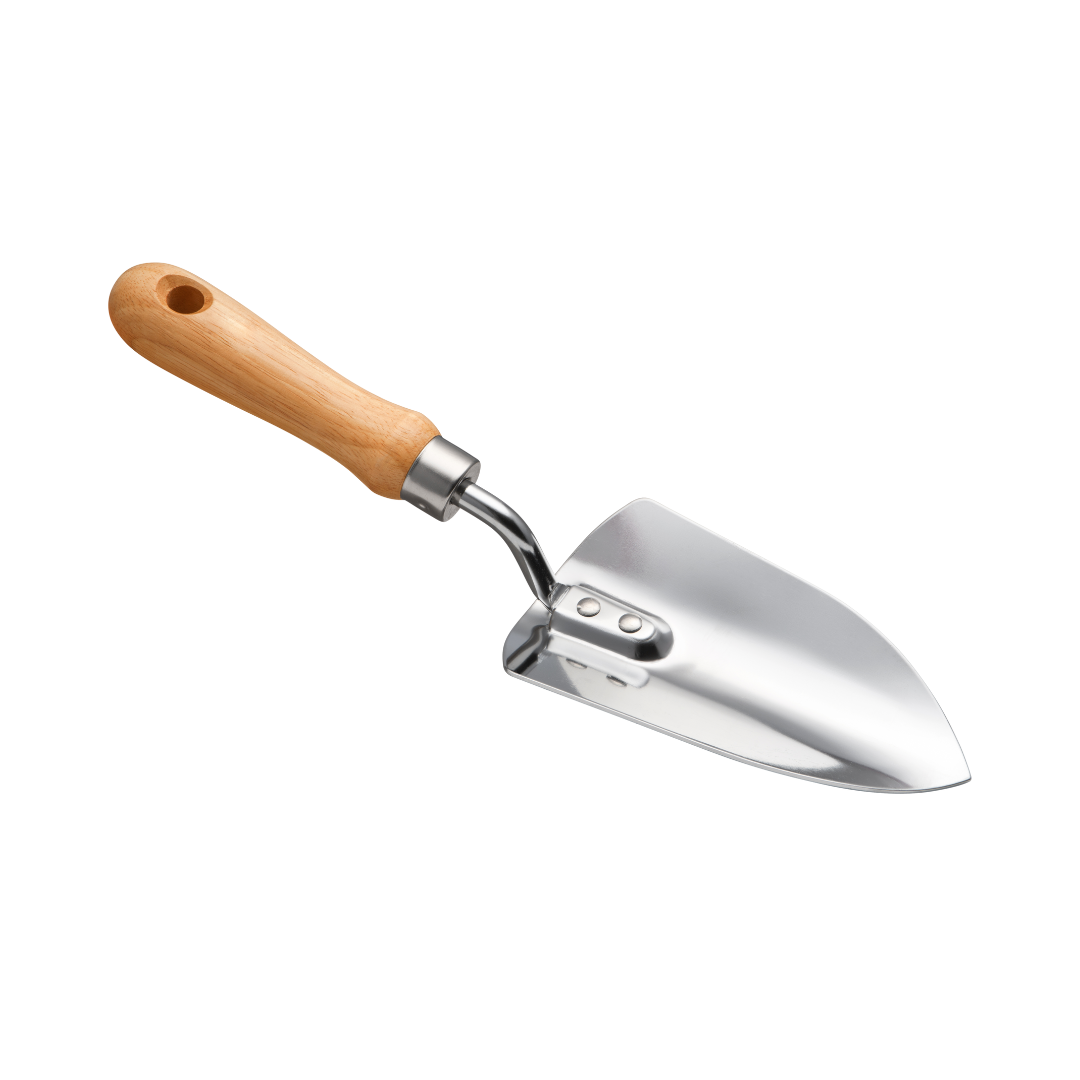
Trowel
A small, handheld shovel tool ideal for digging holes for planting, transplanting seedlings, and removing weeds.

Watering Can
Consider a watering can with a detachable rose (sprinkler head) for versatility in watering both delicate seedlings and established plants.
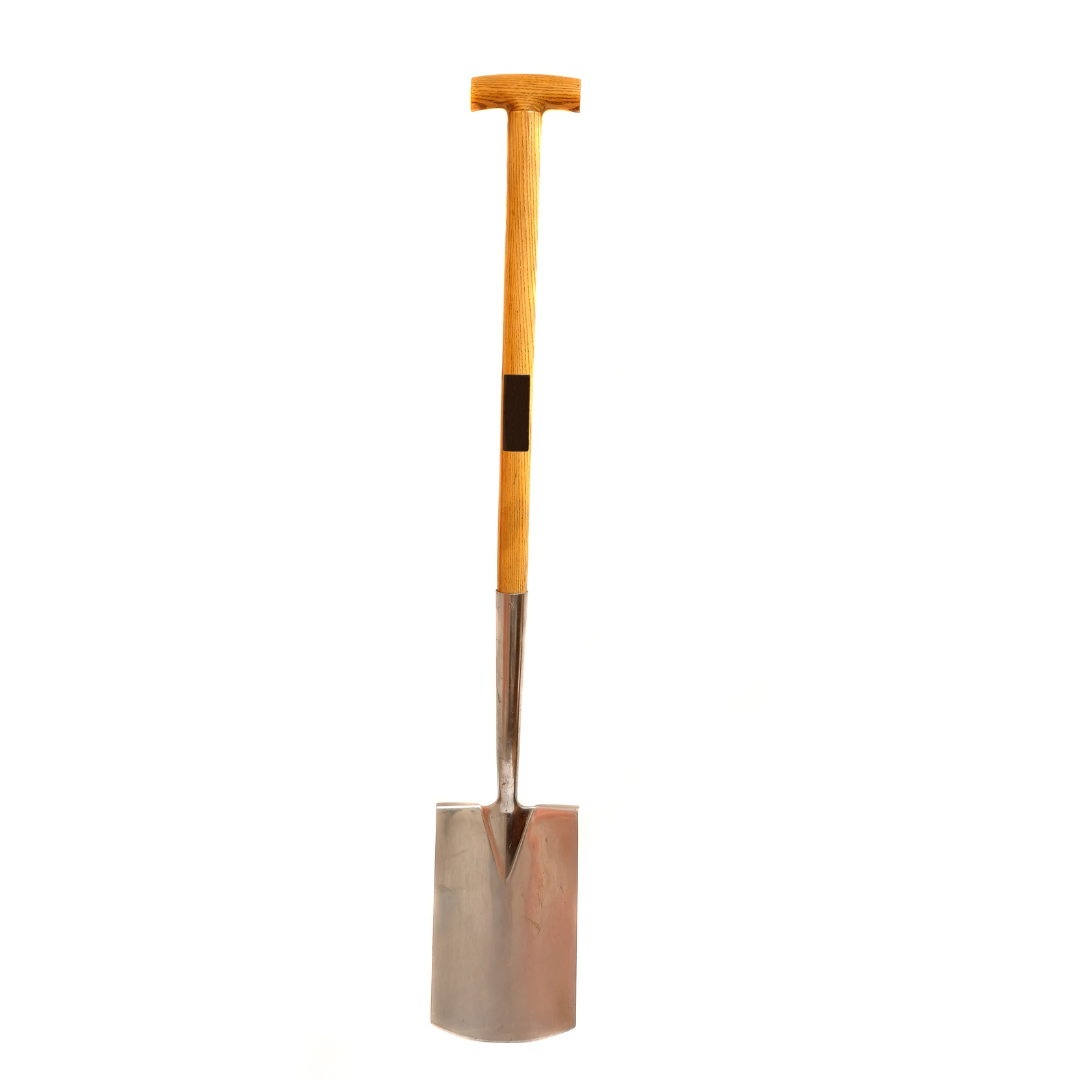
Spade
A sturdy spade is invaluable for digging holes, edging beds, and moving soil.
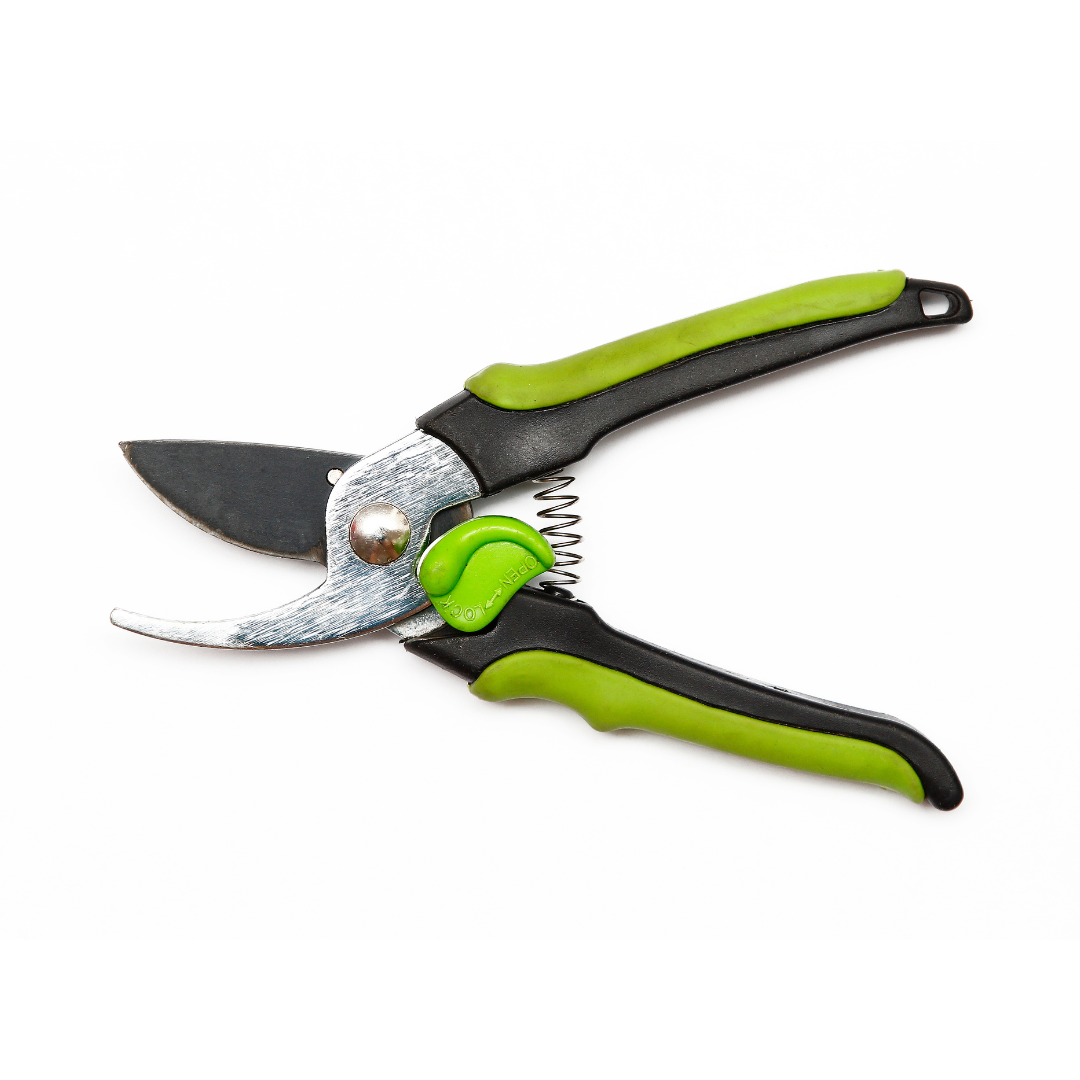
Pruners
Essential for trimming, cutting back plants, and harvesting herbs or flowers. Look for bypass pruners for clean cuts.
Once you’ve mastered the basics, these tools can make gardening easier and more efficient:

Hand Fork
Helps loosen soil and remove weeds around plants without damaging roots.
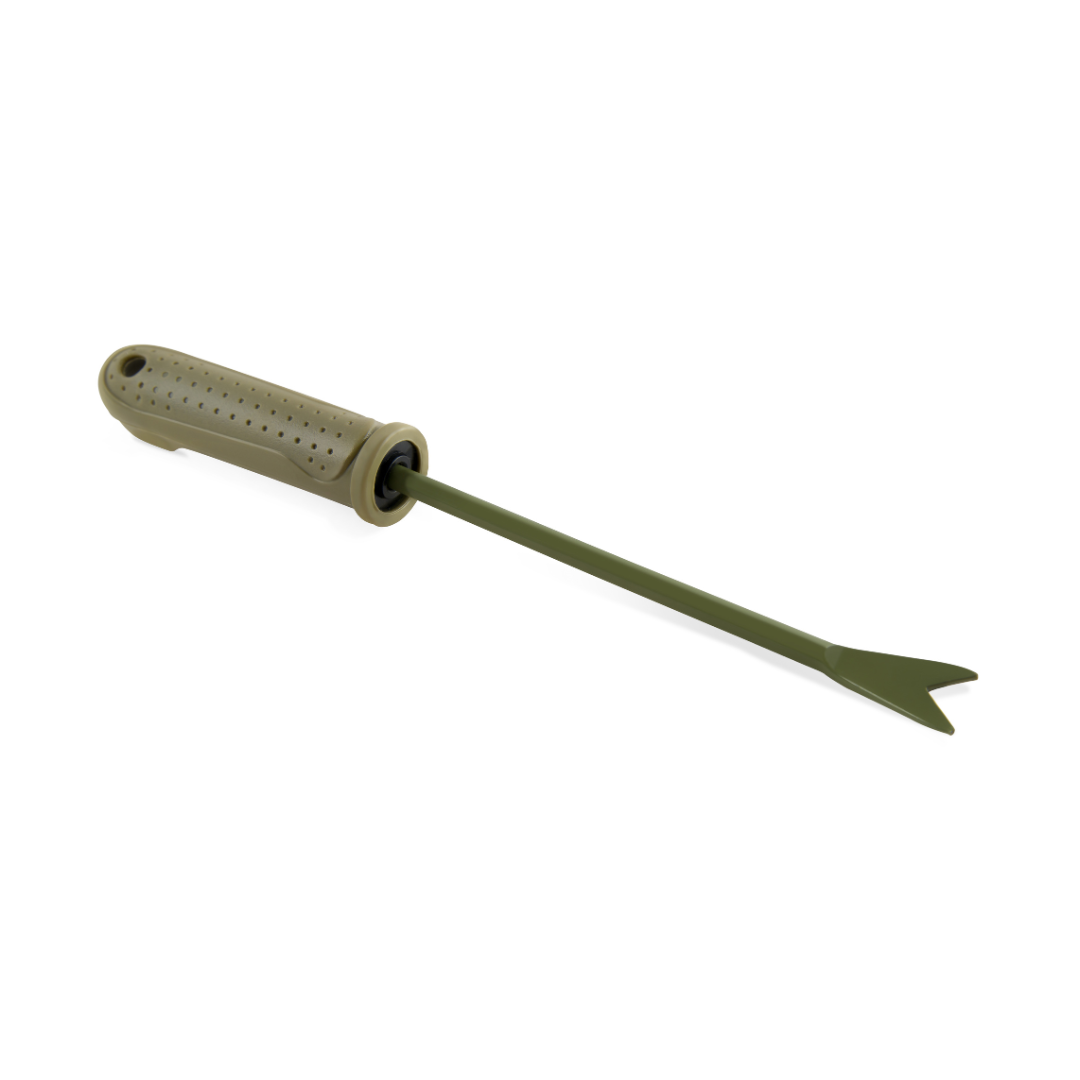
Weeder
A specialized tool designed to remove weeds, especially those with deep roots.
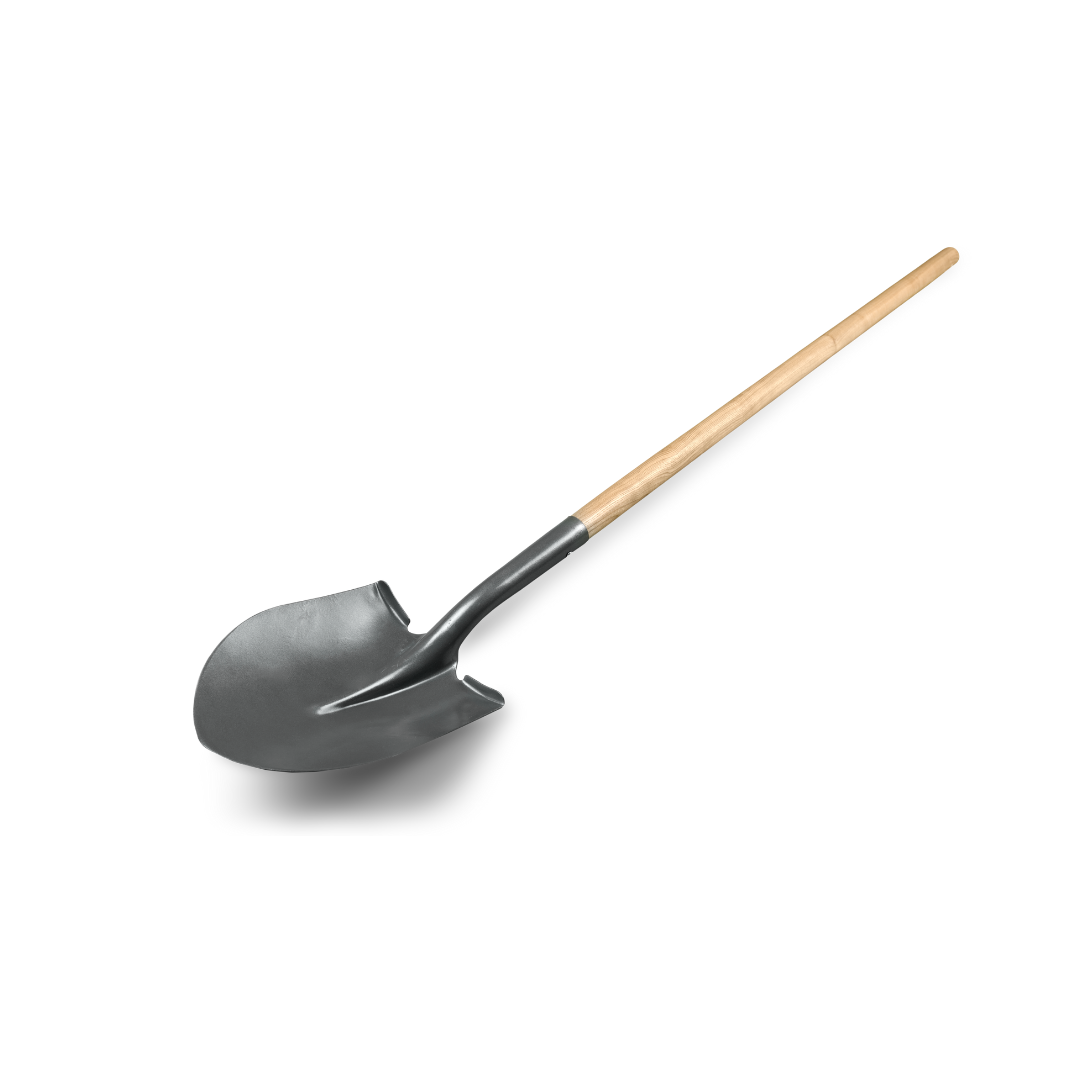
Shovel
With a rounded blade, a shovel is great for moving bulk materials like soil, mulch, or compost.
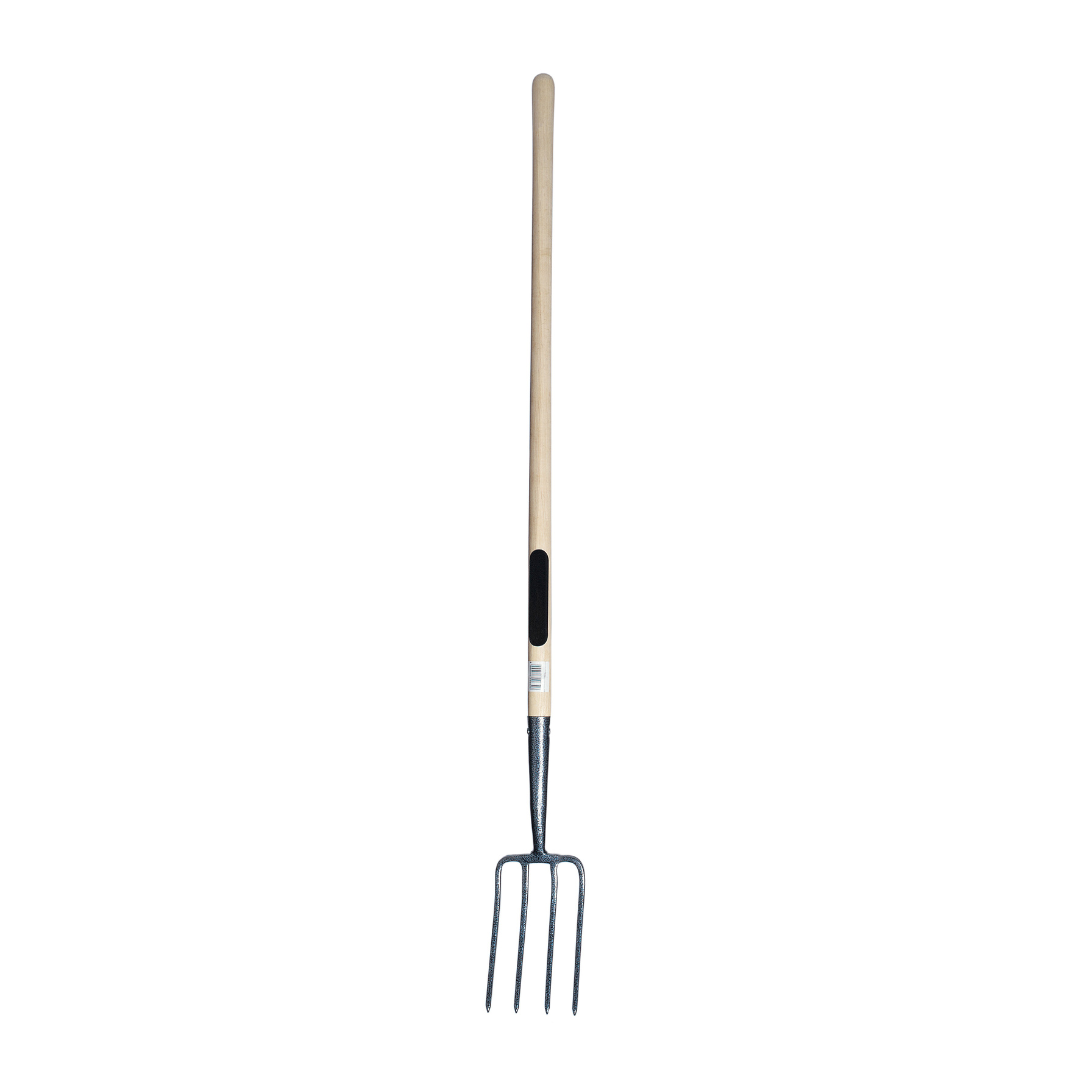
Pitch Fork
Perfect for breaking up compacted soil, aerating, and turning compost.
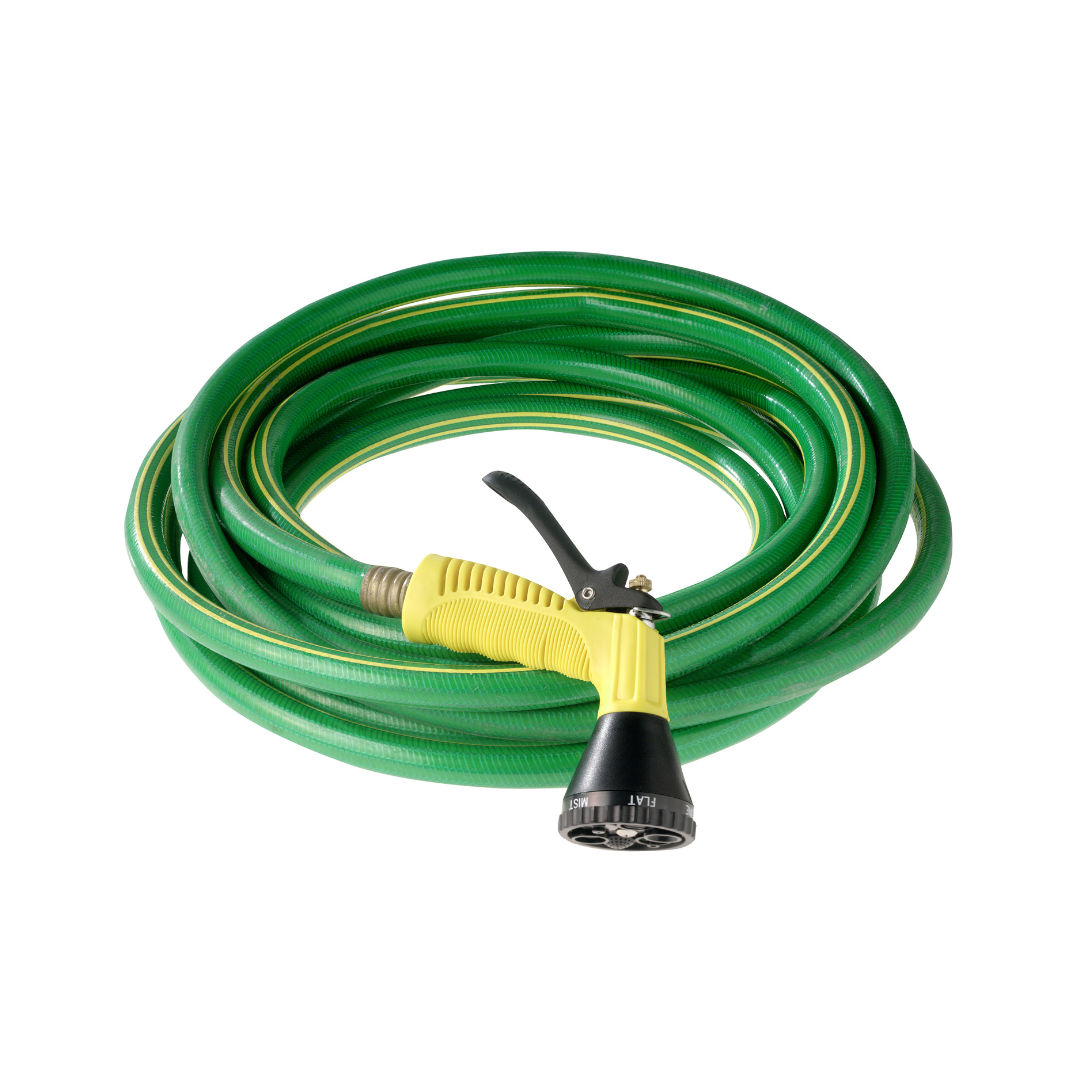
Garden Hose
Invest in a durable garden hose with an adjustable spray nozzle to cover larger areas.
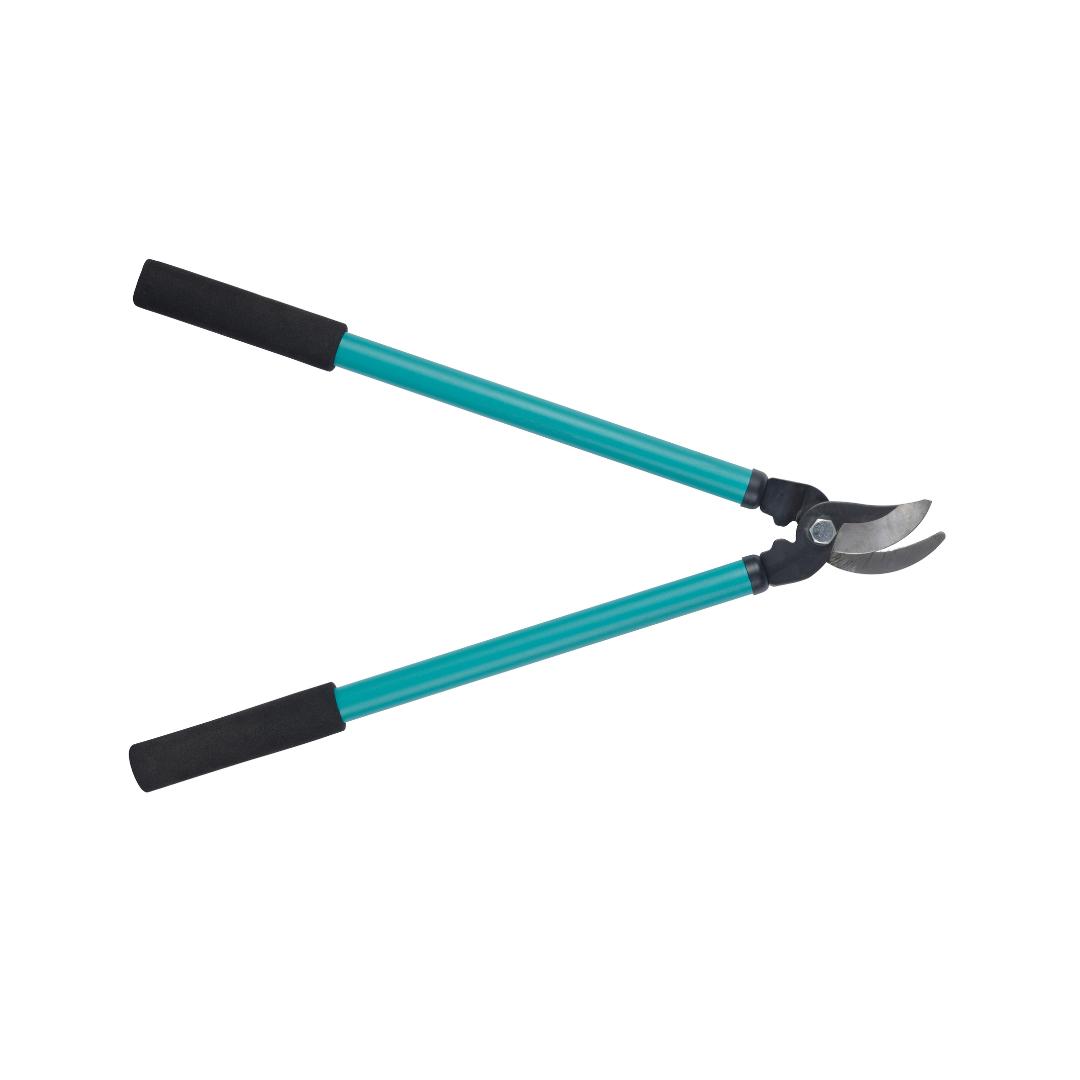
Loppers
Larger than pruners, loppers are designed for cutting thicker branches and shrubs.
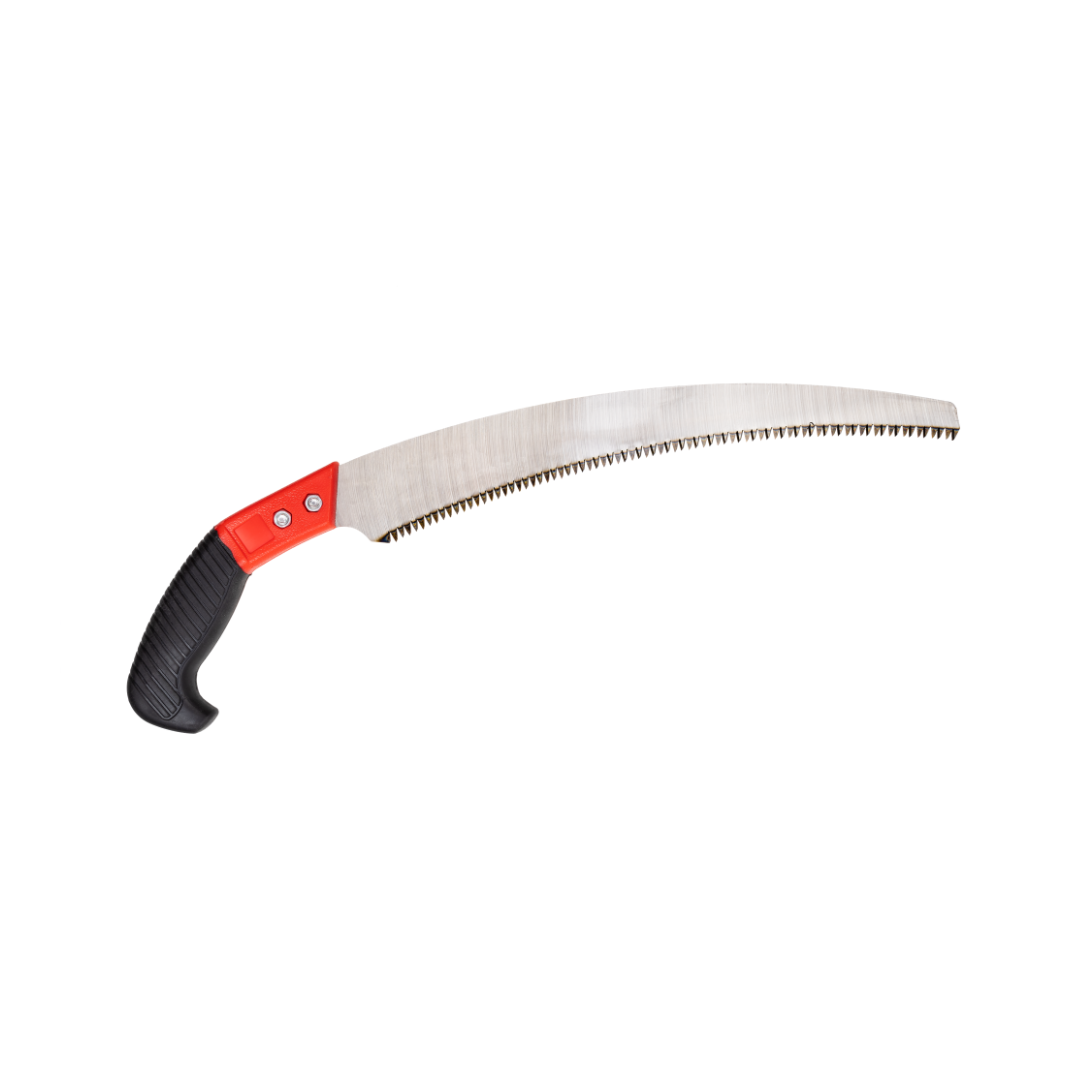
Pruning Saw
Necessary for tackling thicker branches that loppers can’t handle.
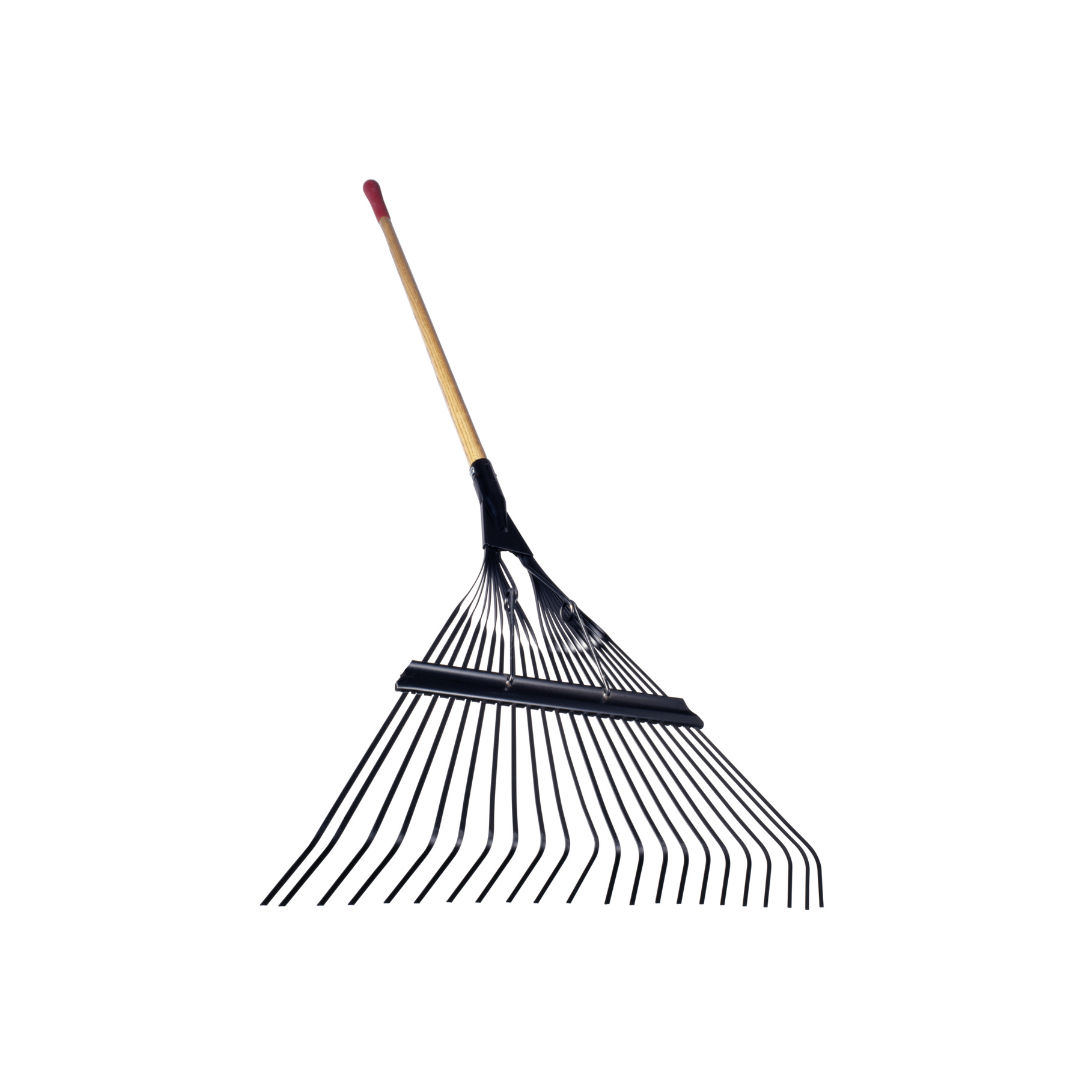
Rake
Choose a garden rake for leveling soil and spreading mulch, and a leaf rake (pictured) for gathering leaves and light debris.
For advanced gardeners or those with larger gardens, these tools and accessories help optimize your gardening:

Hoe
A hoe helps in preparing seedbeds, cultivating soil, and removing weeds.
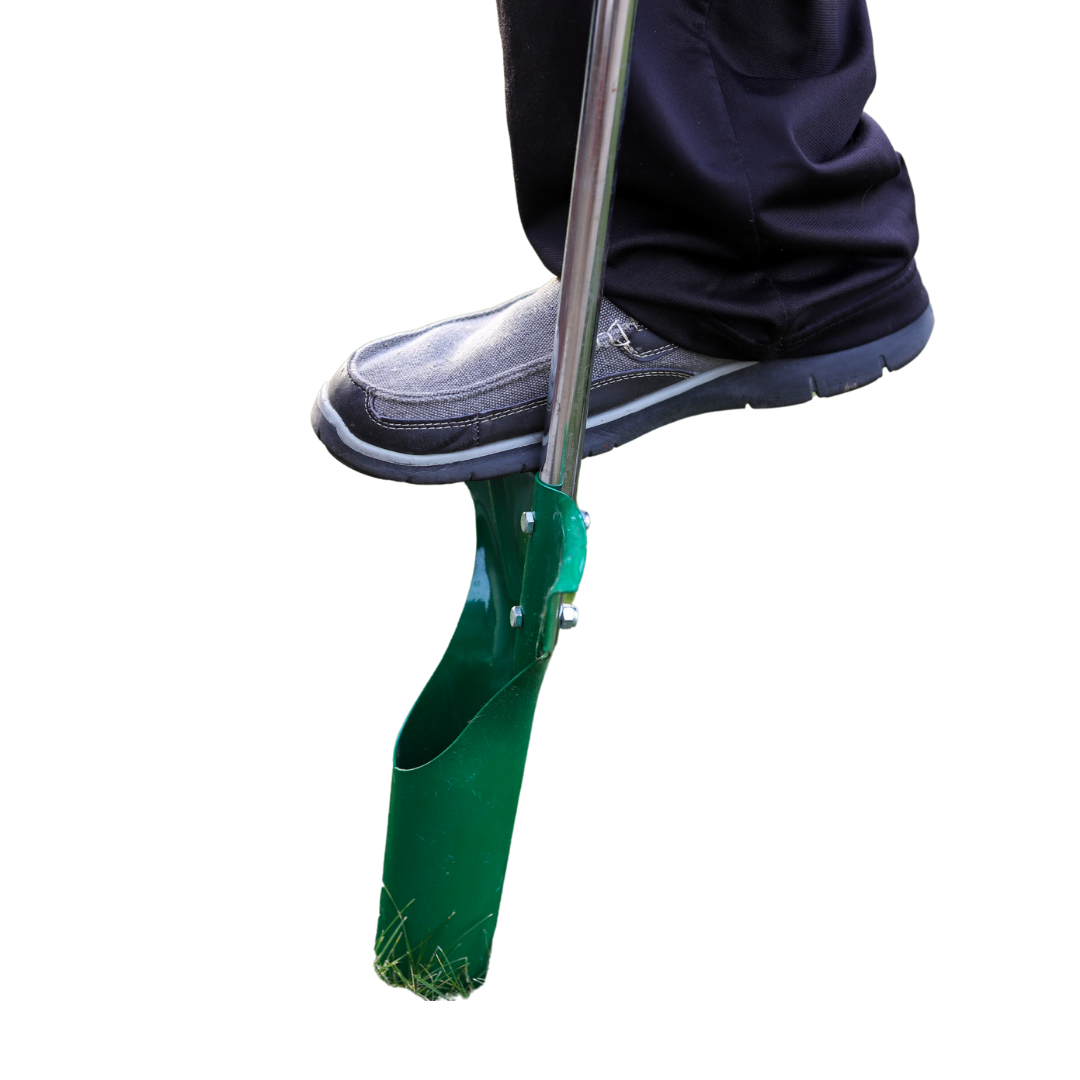
Bulb Planter
Simplifies planting bulbs to the right depth and spacing.
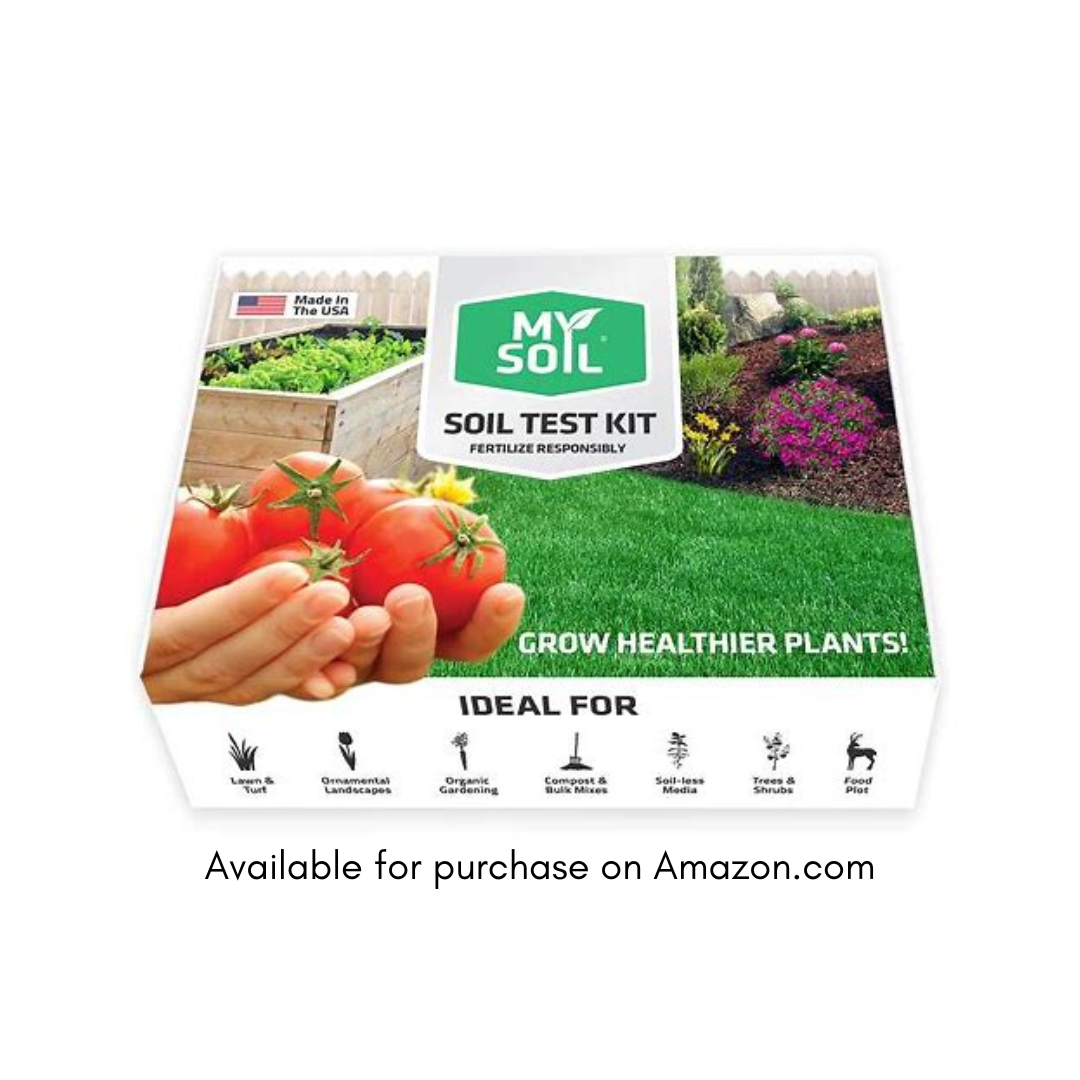
Determine the pH and nutrient levels of your soil to make informed decisions about fertilizers and amendments.
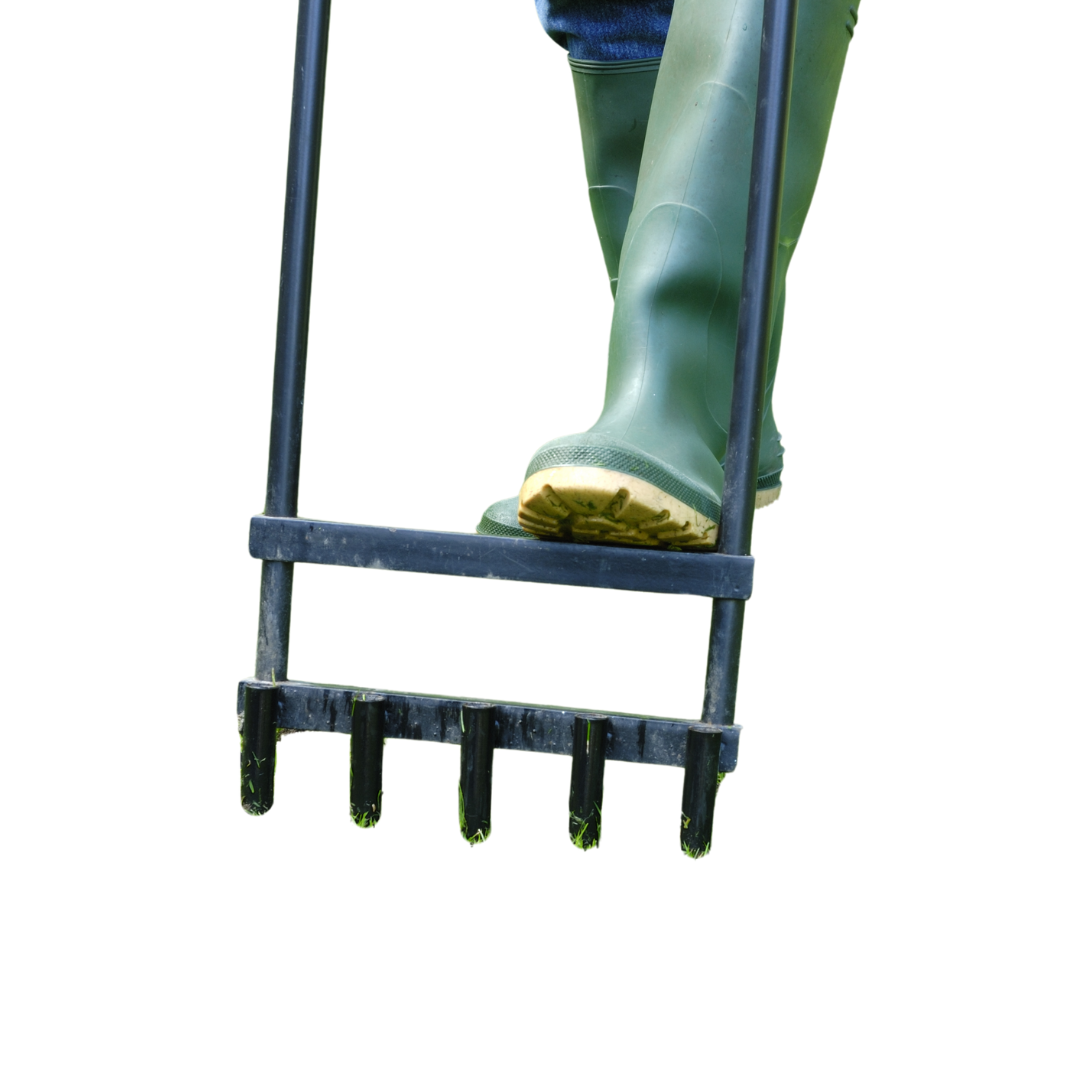
Hand Aerator
A manual aerator helps improve soil structure by allowing air, water, and nutrients to penetrate.
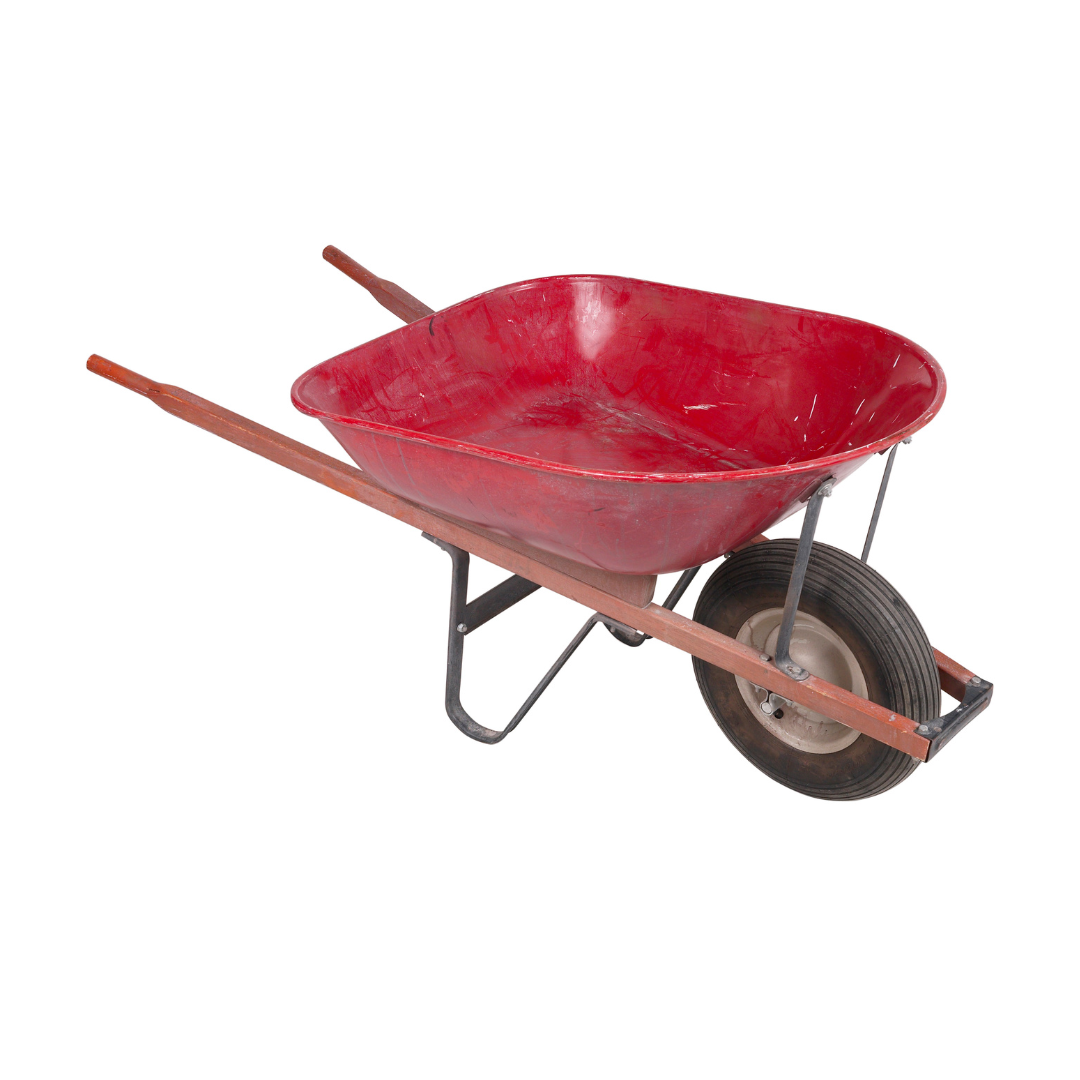
Wheelbarrow or Garden Cart
Useful for transporting soil, mulch, plants, and tools around your garden.
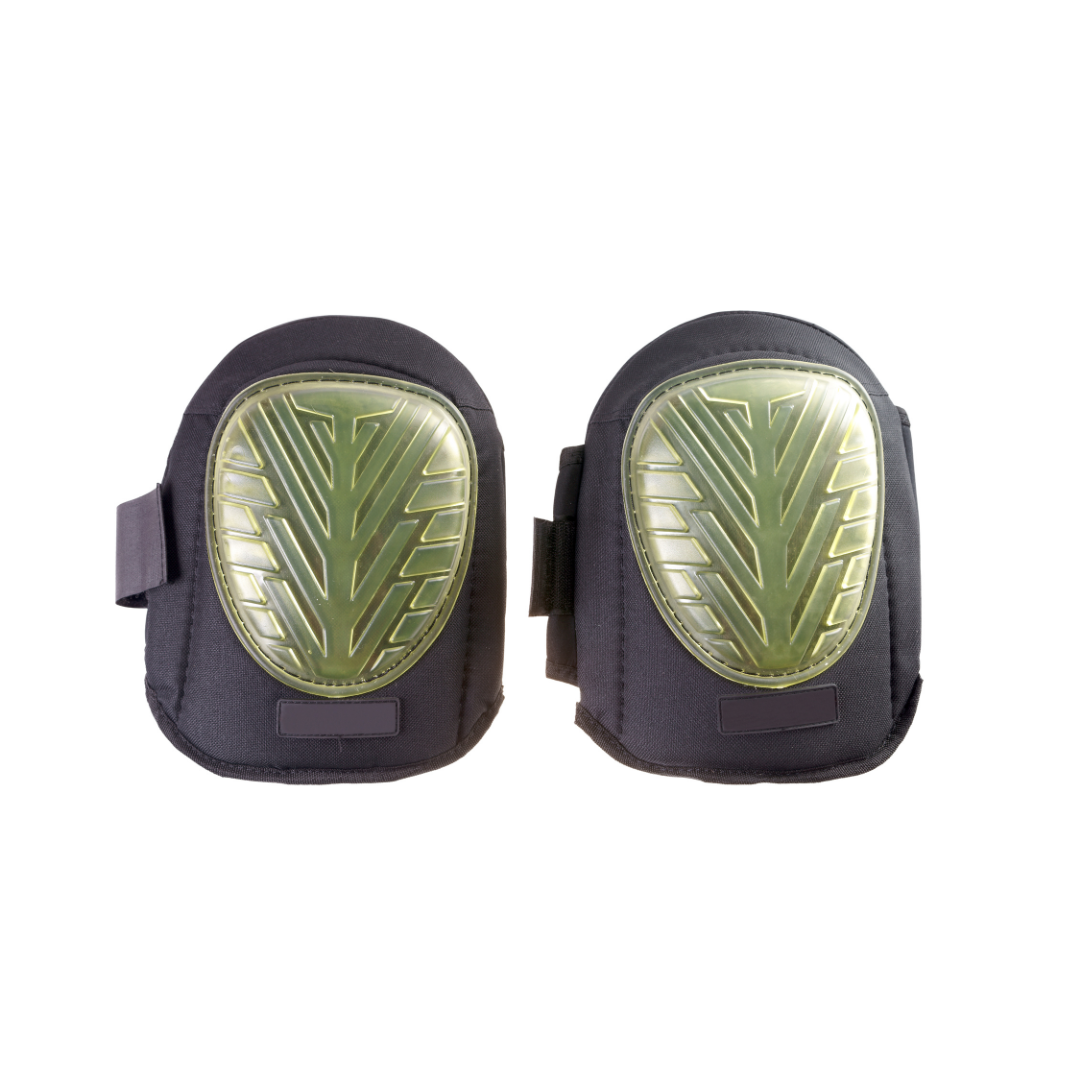
Kneeling Pads
Protects your knees while planting, weeding, or harvesting.
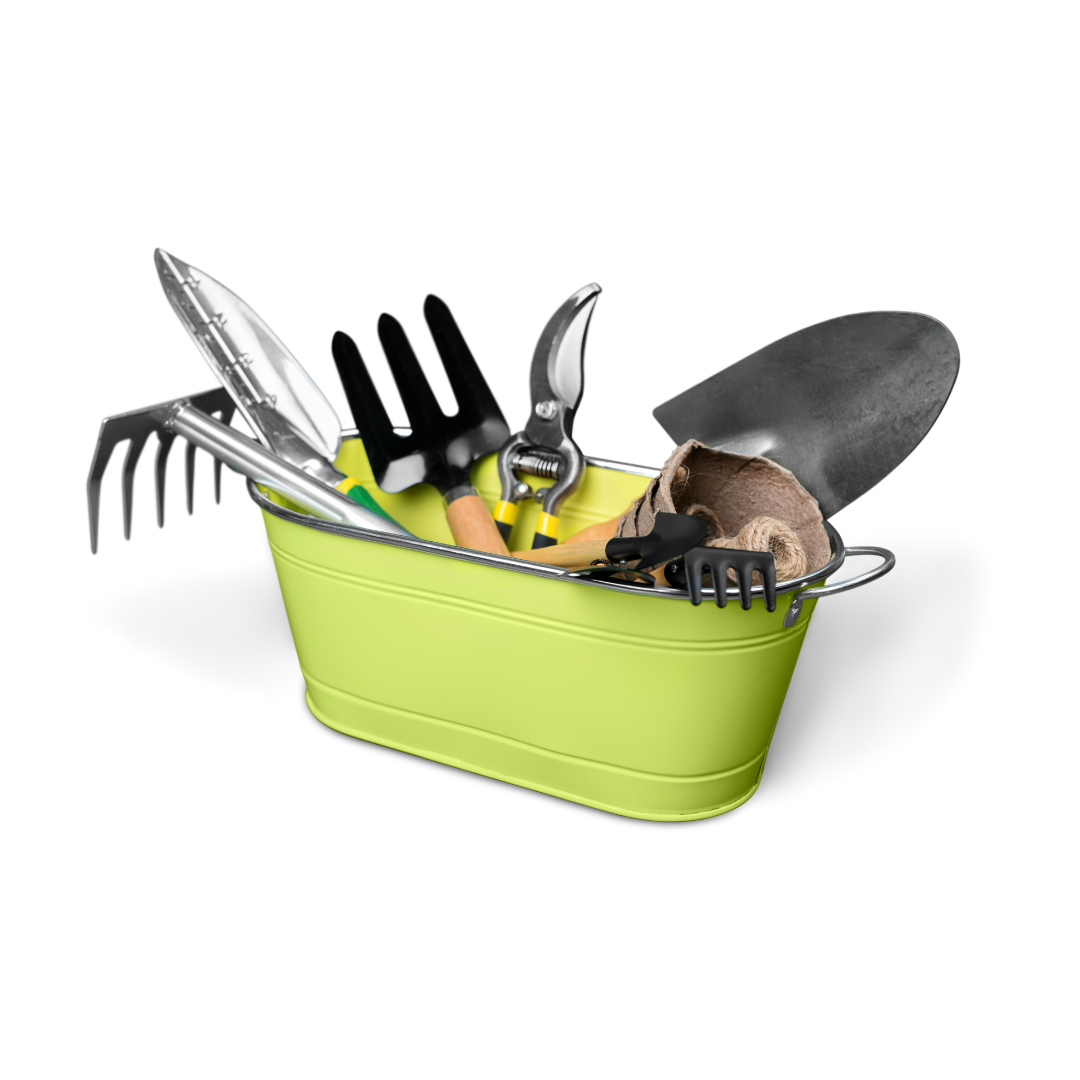
Tool Organizer
A bucket caddy, tool belt, or storage tote keeps your tools organized and within easy reach.
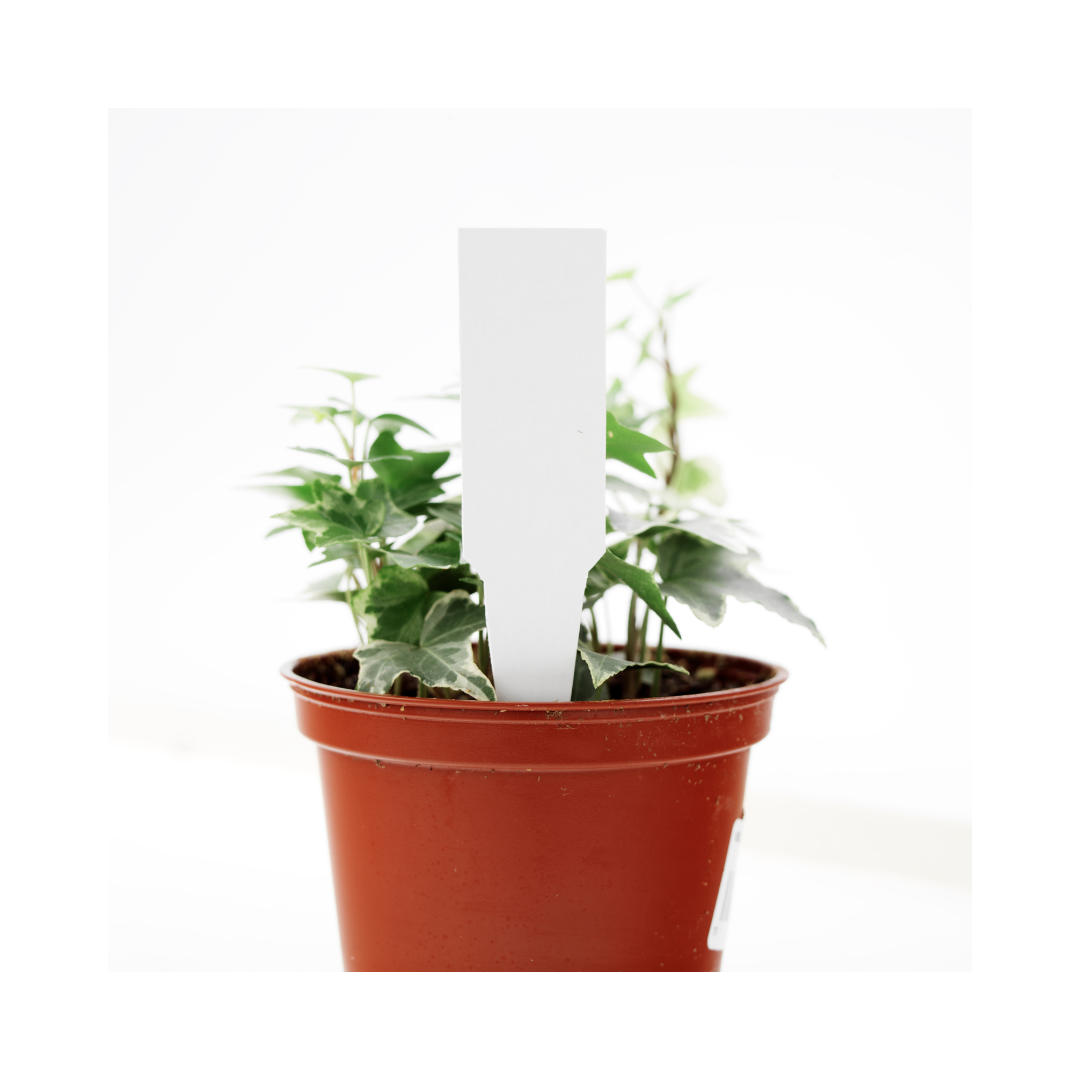
Plant Labels
Keep track of plant varieties and sowing dates with durable plant markers.
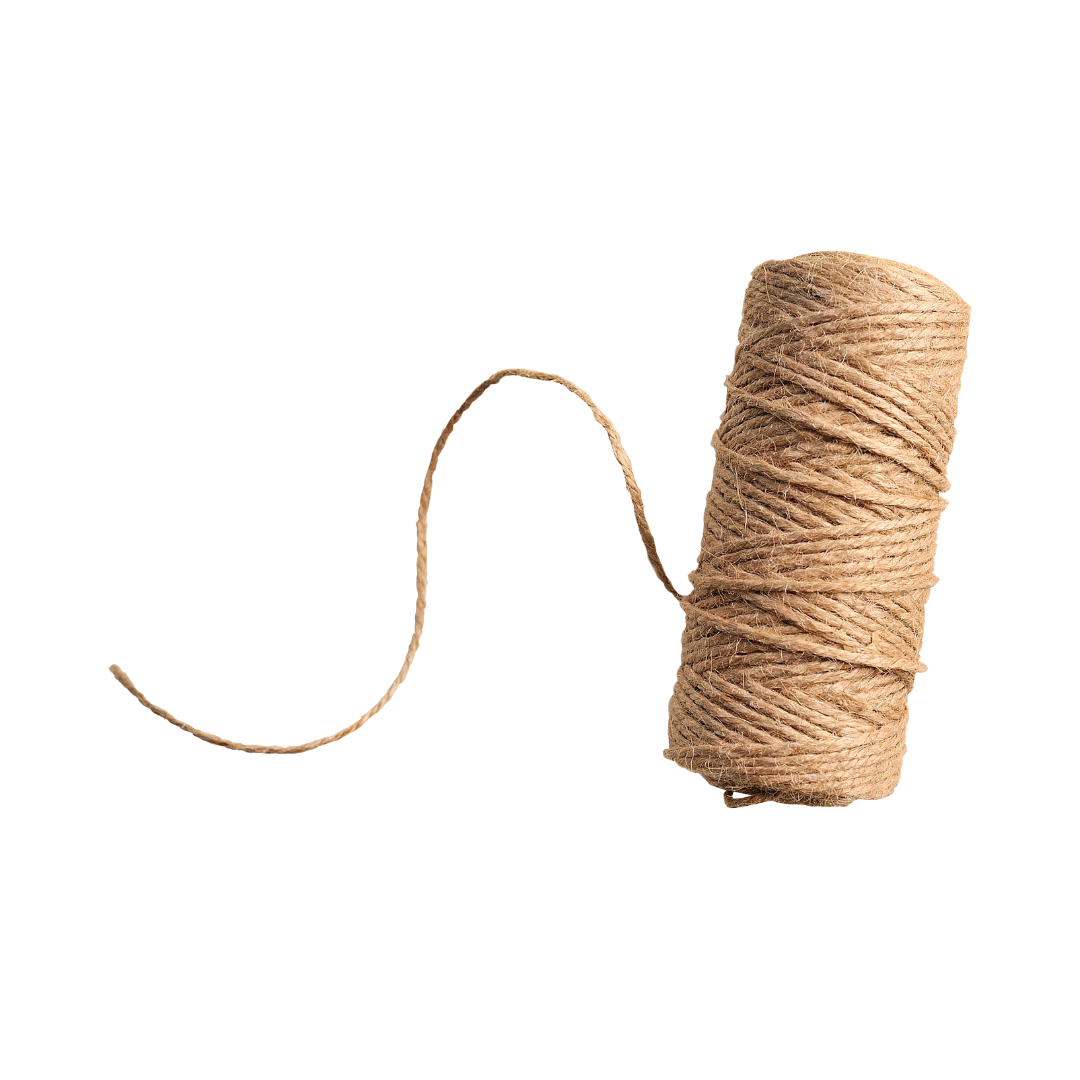
Twine or Plant Ties
Secure climbing plants, tomatoes, or saplings without damaging stems.
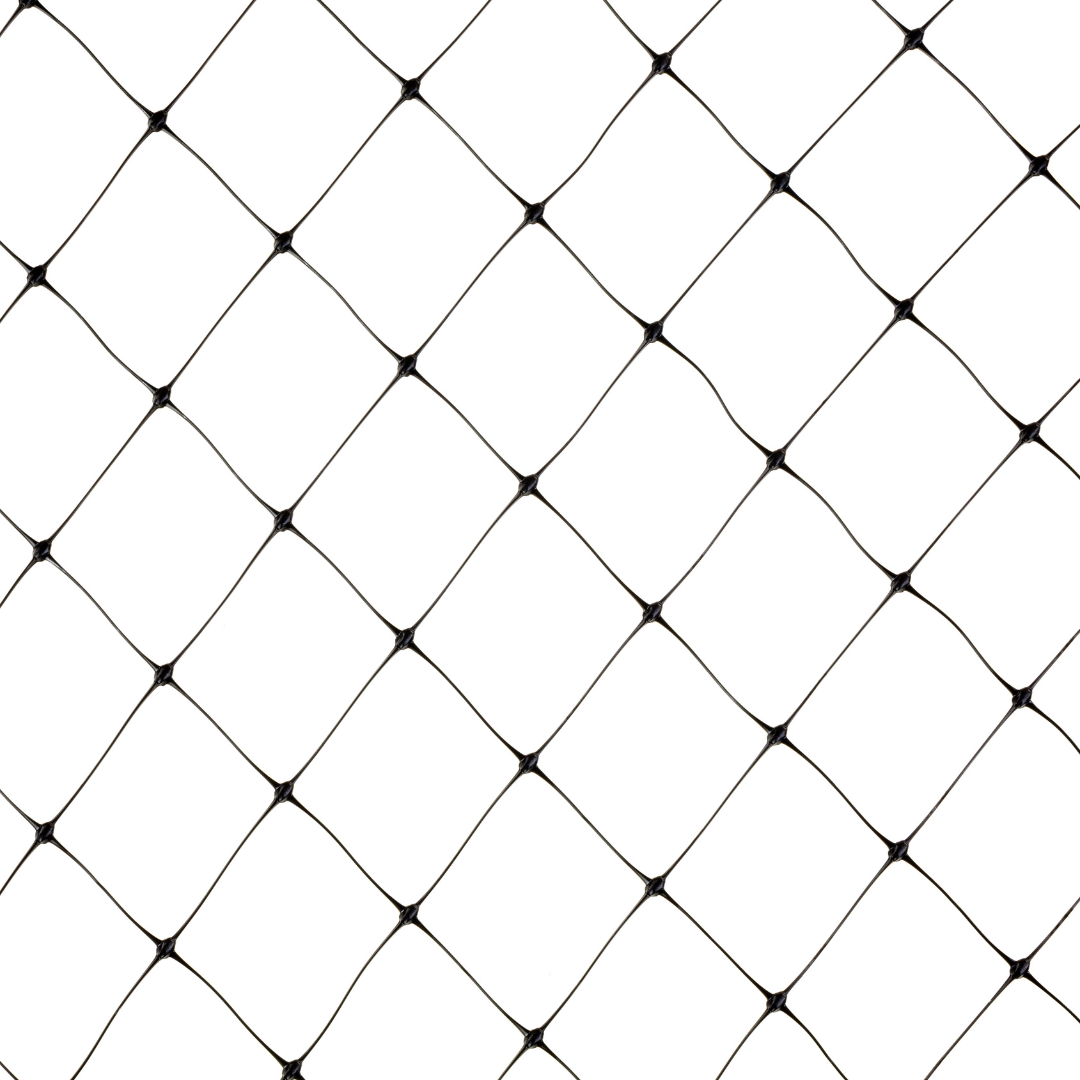
Garden Netting or Covers
Protect plants from pests, birds, or harsh weather conditions.
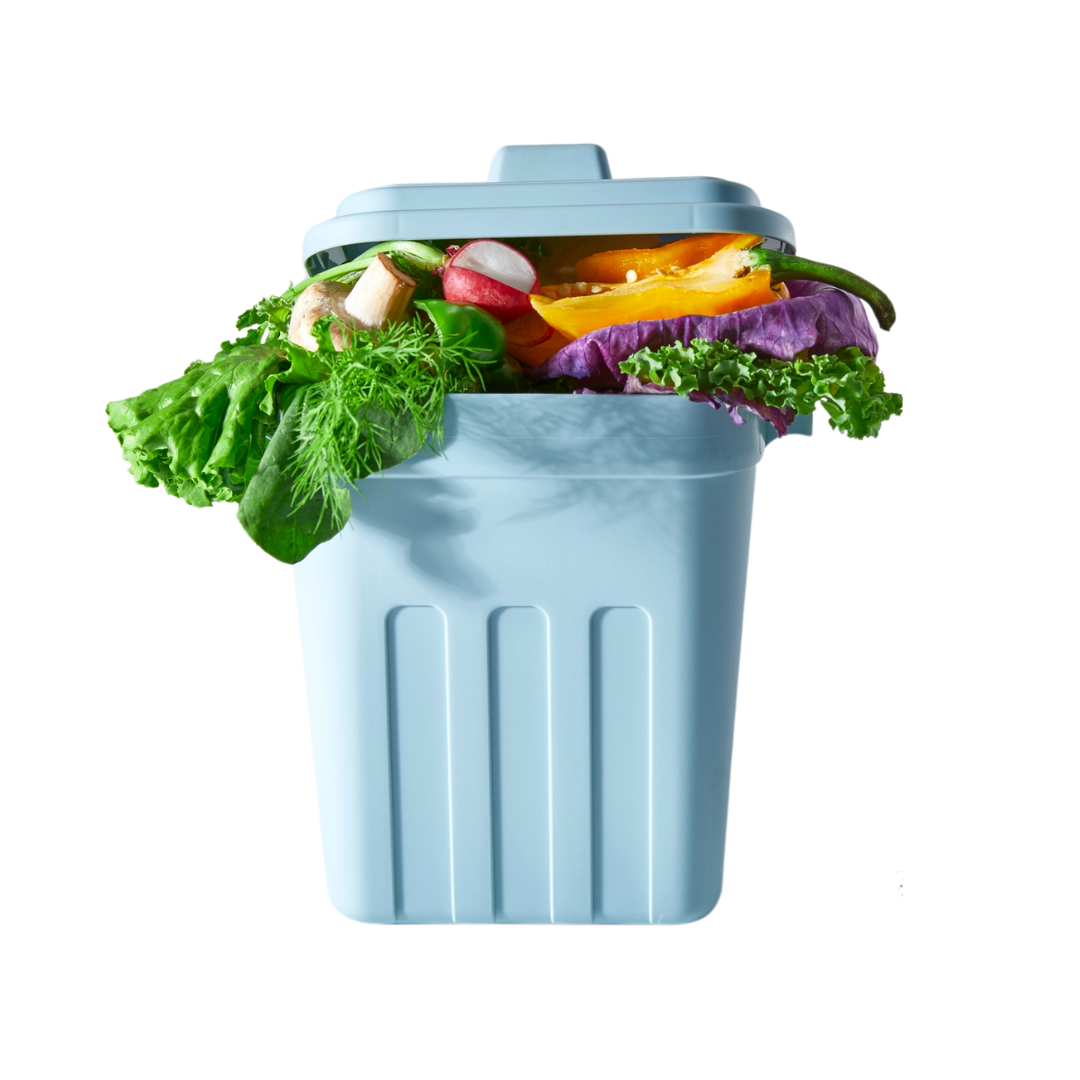
Compost Bin or Tumbler
Start composting kitchen scraps and garden waste to create nutrient-rich compost for your plants.
No matter where you are on your gardening journey—whether you're just getting your hands dirty for the first time, expanding your skills with new techniques, or mastering the art of advanced garden design—the right tools make all the difference. Beginners benefit from simple, versatile tools that build confidence, while intermediate gardeners start to appreciate specialized equipment that helps refine their craft. For master gardeners, precision tools and high-quality investments become essential for efficiency, creativity, and long-term success.
Gardening is a lifelong learning process, and your tools should evolve with you. By understanding what each stage requires, you’ll be better prepared to nurture not just your plants, but your passion for gardening itself.

Check out the latest:





From easy tree care practices to fun DIY projects, we've got something for everyone.

Get our latest articles and monthly deals, delivered right to your inbox. No spam, ever.
Thank you for signing up!
You should receive a welcome email shortly. Our newsletters go out on the first of every month, so stay tuned!
Oops, there was an error.
Please try again later.
From easy tree care practices to fun DIY projects, we've got something for everyone.




Thank you for reaching out. A member of our staff will be in touch with you shortly.
Oops, there was an error sending your message. Please try again later.
WHAT WE DO
WHO WE ARE
Join the Tree Society newsletter
Get monthly articles on the latest in the tree care industry, curated by people deeply passionate about environmental stewardship.
WHAT WE DO
RESOURCES
Join the Tree Society newsletter
Get monthly articles on the latest in the tree care industry, curated by people deeply passionate about nature. Plus, local events and DIY projects.